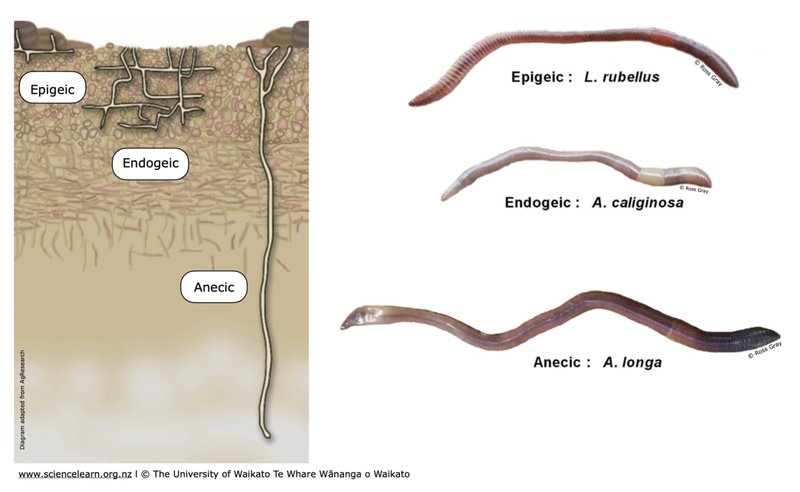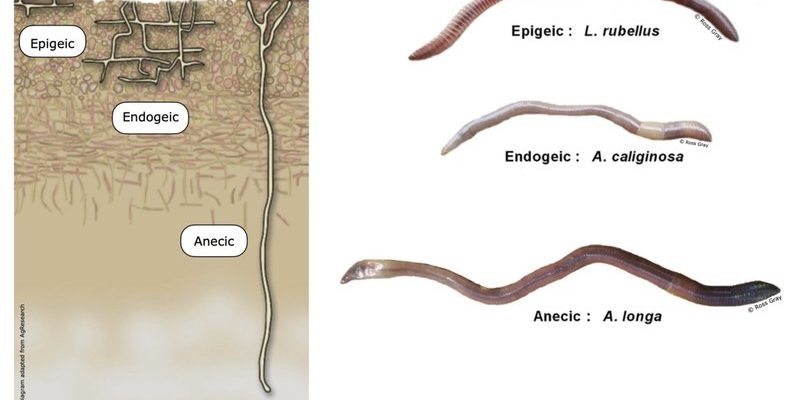
You might wonder how they do this and what sets them apart from other similar worm species sharing the same habitat. That’s exactly what we’ll dive into. Picture it like a gathering of friends—each worm brings its own flavor to the table. So, let’s explore how the bone-eating worm stacks up against its relatives who also call the ocean floor home.
What Are Bone-Eating Worms?
Bone-eating worms are more than just an interesting name; they belong to the genus *Osedax*, which literally means “bone eater.” These unique creatures are mostly found in deep-sea environments, where they feast on the bones of dead animals, like whales or fish. Imagine a marine cleanup crew, turning what would otherwise be waste into a vital source of nutrients.
The bone-eating worms have a special adaptation that allows them to thrive in such an environment. They possess a unique ability to break down the collagen in bones, which is something most other sea life can’t do. Their bodies are equipped with symbiotic bacteria that help digest the bones, allowing them to extract energy and nutrients. It’s like having a personal chef that knows how to make the most out of a tough cut of meat!
How Bone-Eating Worms Compare to Other Worm Species
In the deep-sea world, the *Osedax* isn’t the only worm species navigating this dark habitat. Let’s compare it to a few other worm species that share the ocean floor. For starters, there are the common polychaete worms, which thrive on organic material and detritus. Unlike the *Osedax*, these worms feed on softer matter and don’t have the ability to break down bones.
Another notable species is the marine bristle worm, which primarily scavenges on dead fish or organic remains that are not as hard as bones. Though both *Osedax* and bristle worms play significant roles in nutrient cycling, they target different food sources. While bristle worms are like generalists at a buffet, bone-eating worms are the specialists who know how to savor the main course of marine leftovers.
The Unique Feeding Mechanism of Bone-Eating Worms
What truly sets bone-eating worms apart is their specialized feeding mechanism. Their bodies contain a structure called a “root,” which they use to anchor themselves to the bones. The *Osedax* worms release enzymes that help break down the collagen within the bone structure, allowing them to absorb nutrients directly. This process is akin to a chef marinating meat to enhance its flavor and tenderness.
Once they locate a decaying bone, they waste no time in making it their home. The bacteria living in their bodies play a significant role here, breaking down the hard material into digestible compounds. This symbiotic relationship is a perfect example of cooperation in nature, showcasing how life can adapt and thrive even amidst the harshest conditions.
Other Worms Living in Deep-Sea Environments
While *Osedax* has its unique niche, other worm species have also adapted to life in the deep sea. For example, the *Polychaeta* worms represent a diverse group that includes hundreds of species. Some of these worms are capable of burrowing into the seabed, while others form large colonies on hard substrates.
Unlike bone-eating worms, many of these polychaetes rely on filter feeding or scavenging for their meals. They use tentacle-like appendages to trap particles floating in the water, which can include plankton, detritus, or small marine organisms. It’s as if they’re the restaurant hosts, waiting for food to come to them rather than seeking out bones on the ocean floor.
Similarities and Differences in Habitat
Both *Osedax* and other deep-sea worms share quite a few traits derived from their environment. They often inhabit similar regions, such as cold-seep ecosystems or the remains of sunken vessels. However, their feeding strategies differentiate them and show how they’ve adapted to the resources available in those habitats.
For instance, while bone-eating worms make their homes in the remains of large marine animals, other worms may favor detrital areas where organic matter is abundant. These differences highlight the importance of niche specialization, as they reduce competition and allow diverse species to coexist peacefully in the same habitat.
The Role of Bone-Eating Worms in the Ecosystem
So why should we care about the role of the *Osedax* in its ecosystem? Understanding these creatures helps illustrate how life persists in extreme conditions and contributes to nutrient cycling in the ocean. By breaking down bones, they provide nourishment not only for themselves but also for a variety of other marine life. Think of them as nature’s recyclers, ensuring energy is reused rather than wasted.
Additionally, their presence can indicate the health of deep-sea environments. Scientists study these worms to learn more about the impacts of pollution and climate change on marine ecosystems. Monitoring the population and health of the *Osedax* can give crucial insight into the broader health of ocean habitats, much like a canary in a coal mine.
The comparison between bone-eating worms and their similar worm species reveals a captivating narrative of adaptation and survival. From their unique feeding habits to their supportive relationships with bacteria, *Osedax* stands out in a sea of fascinating life forms. Each worm plays its own role in the ecosystem, contributing to the balance of life in the depths of our oceans.
Understanding these remarkable creatures not only deepens our appreciation for marine life but also emphasizes the need to protect these diverse habitats. So, the next time you think about the ocean depths, remember that it’s not just about the fish swimming by; it’s also about the bone-eating, hardworking worms quietly going about their business, ensuring life continues to flourish in the dark corners of the sea.

